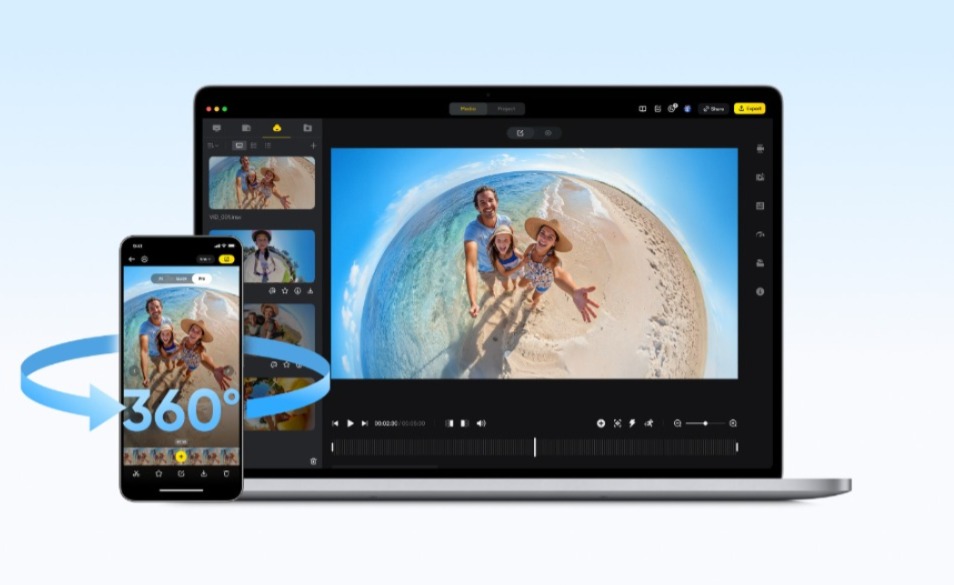Key Takeaways
- Building a DIY underwater camera rig allows for tailored design, improved functionality, and cost savings.
- Essential materials include PVC pipes for the structure, acrylic for viewing windows, and waterproof sealants for durability.
- Thorough testing and creative control can enhance photography results, making it suitable for various underwater conditions.
The Benefits of a DIY Underwater Camera Rig
Creating a DIY underwater camera rig empowers photographers with flexibility and customization that commercial models might not offer. By crafting a rig, creators can tailor it according to their unique shooting requirements, budget, and preferred features. This hands-on approach not only enhances creative control but also significantly reduces costs, especially for those already possessing tools or materials.
The primary benefit of building a rig lies in the ability to modify its design and accessories. Custom mounting angles and protective enclosures can be adjusted according to specific needs, while lightweight components help maintain a balance between durability and ease of handling. An additional advantage is the possibility of adapting the rig for various types of cameras or unconventional dimensions.
Tools and Materials Needed
When constructing this rig, specific components are crucial for ensuring robust underwater performance. Choosing a compact camera is essential, with action cameras or point-and-shoot devices being ideal due to their size. The housing design must align with the photography needs; sealed housings for deep immersion or periscope styles for surface shooting are recommended.
Key materials include PVC pipes for the framework, transparent acrylic sheets for waterproof windows, and waterproof sealants to secure joints. Basic tools such as hacksaws and Dremels are necessary for assembly. A spacious work area is also advisable for efficient construction.
Safety and Testing Procedures
To ensure reliable underwater performance, it’s important to conduct leak tests by submerging the rig and checking for bubbles. Limit initial underwater use to shallow depths and regularly inspect for moisture inside the rig to prevent condensation.
The construction process involves assembling the framework with PVC, applying waterproof seals, and ensuring equal weight distribution. During testing, both dry and wet conditions should be assessed to identify potential leaks and check camera functionality. Adjustments may be required for leaks or misalignments.
Enhancing Creative Control
With a DIY underwater camera rig, various adjustments can be implemented for better shooting results. For instance, adding dome ports can improve light capture while waterproof LED lights enhance visibility in murky waters. Modular designs with adjustable components allow for quick changes tailored to specific shooting conditions, streamlining user experience.
By optimizing the setup for different environments, such as using smaller ports for macro shots or larger ones for wide angles, photographers can expand their creative horizons. Implementing ergonomic grips and balanced buoyancy aids further enhances the rig’s usability underwater.
Final Insights
Creating a DIY underwater camera rig not only fosters personal creativity and customization but also provides cost-effective solutions for photography enthusiasts. Gaining practical experience in rig construction builds technical knowledge and enhances future projects. Community engagement through sharing designs and improvements can foster collaboration and refinement.
Ultimately, the opportunity to tailor a rig to individual photography needs encourages exploration and innovation in underwater imagery. With thorough testing and the right materials, capturing stunning underwater photos becomes an achievable goal for both hobbyists and experienced divers alike.
The content above is a summary. For more details, see the source article.















